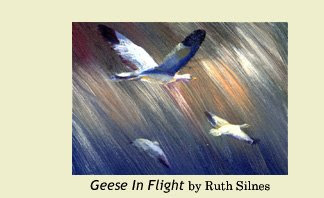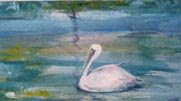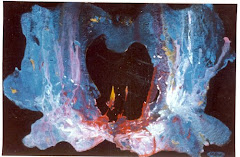
Any set of features in a skull can be made into an interesting face. Look at the construction and placement of the features. Both sides of the face balance.The hairline is also important, as is the proper placement of the mouth between the nose and chin. Keep the skull in mind when drawing the head. Combine the values of light and dark and half tones. Study your own face in a mirror and then study anyone’s face you can get to stay still for a few minutes. It is better than copying pictures.
 The Eye
The Eye- The eyeball is almost the shape of a ball.
- The pupils of both eyes must be focused in the same direction.
- A boney structure surrounds the eye. The pupil and the white of the eye protrude slightly.
- The upper lid is the one that moves, and when closed it draws smoothly over the eye; when open the lower part follows the curve of the eyeball, leaving wrinkles.
- The lower lid is somewhat stable and follows the curve of the eyeball and may be puffy under it.
- The eye lashes protect and shade the eyes.
- The shape of the eyes and the mouth change with age.

- The mouth needs to be the right distance from the nose.
- The teeth control the shape of the mouth.
- The greater the curves of the lips the fuller and more bow shaped the mouth will be. Below the lower lip the mouth slopes inward -- no matter how thin or thick the lips may be.
- The upper part of the nose is wedged at the base of the forehead and may be varied in shape.
- The tip of the nose may be elevated, horizontal or depressed.
- The nostrils may also be shaped and sized differently.

The Ear
- The ear is shaped like half a bowl with the rim turned out.
- There is a fatty tissue in the lower part, at the ear lobe.
- The lower part of the ear toward the face is on a line with the upper angle of the lower jaw.
- The upper part of the ear is on line with the eye.
- There is a flap in front of the ear canal.
Be patient with yourself and have fun. Expect this to take a lot of work.













No comments:
Post a Comment